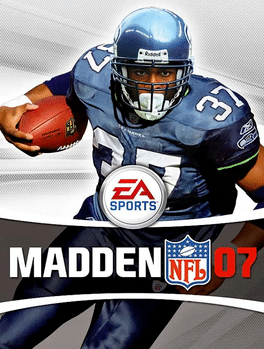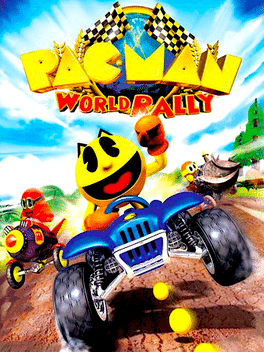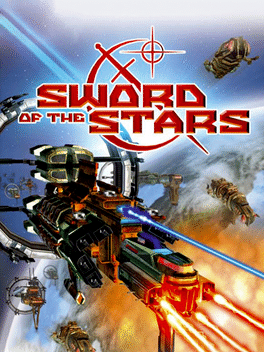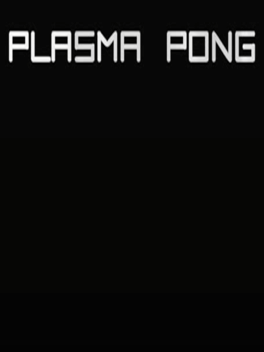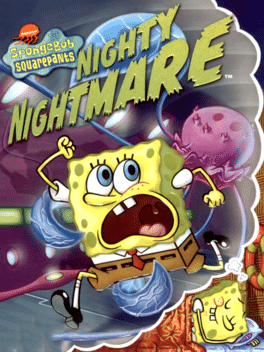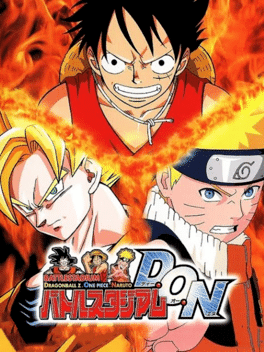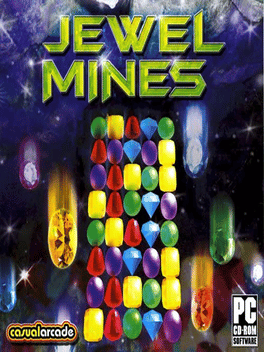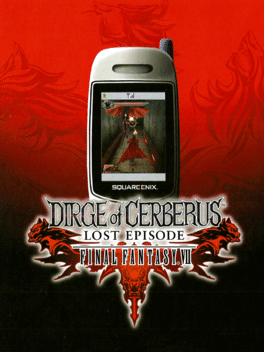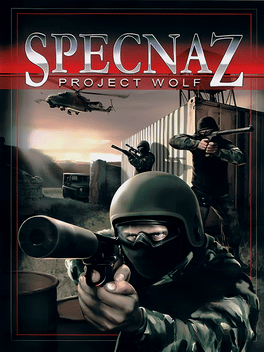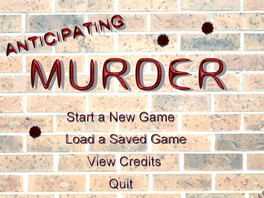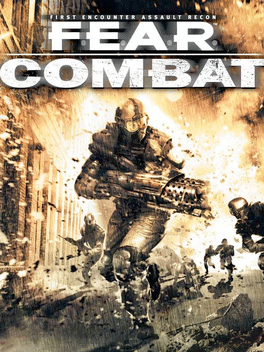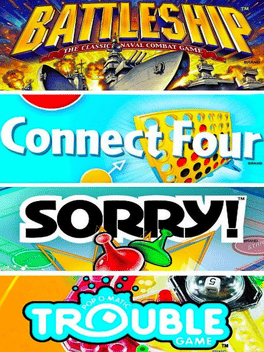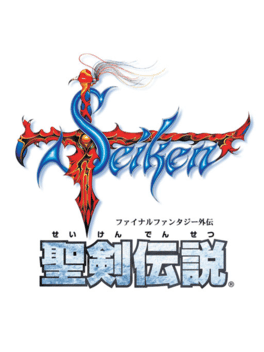New Games - Page 10233
-
Dungeon Siege II: Broken World
2006
star 7.4The game continues where Dungeon Siege II left off. As with DS2, Broken World takes place on the continent of Aranna. However the world has changed much following the fall of Valdis and the clash of the Sword of Zaramoth and the Shield of Azunai. The protagonist continues to pursue the Dark Wizard who advised Valdis and masterminded much of what happened during Dungeon Siege II. -
Madden NFL 07
2006
Madden NFL 07
2006
star 7.3Madden NFL 07 is the seventeenth installment of the Madden NFL series. This version introduces some new tricks, updates some features, and brings depth to some game modes from previous Madden titles. The 07 game focuses on the Running Back by giving you lead blocker controls. After selecting a running play, you can cycle through offensive players to open up gaps. New evasive maneuvers are controlled with a separate stick to elude defenders, along with new juking and spinning maneuvers. Start a career with your favorite NFL team, draft the players, call the plays, and lead your team to a dynasty. Or, make your own player and guide him on and off the field through his entire career starting with the draft. If you do not want to mess with all the options and features you can simply sit down for a quick game. -
Pac-Man World Rally
2006
Pac-Man World Rally
2006
star 5.9Pac-Man World Rally is a kart racing game that features a lineup of characters and courses from Namco's various games. -
Sword of the Stars
2006
Sword of the Stars
2006
star 7.8It is the year 2405, and human scientists have discovered a new technology, the Node Drive. This is an innovation that will finally allow travel from star to star at speeds faster than light. As mankind is poised on the brink of a new era, tragedy strikes, as the first inter-colony ship is destroyed and Earth is ravaged by an alien force. What was supposed to be the dawning of a new era instead was stymied by a grim, new reality... We are not alone...and we are no longer safe. -
Plasma Pong
2006
Plasma Pong
2006
Plasma Pong is a clone of the classic arcade game Pong. What makes it different from the original is the use of computational fluid dynamics to drive the environment. To use this as a weapon in the game you shoot plasma from your paddle to push around the fluid. This will in turn affect the movement of the ball. You can also suction fluid into the paddle. By doing this, possession of the ball can be controlled by the player. When the ball is sucked into the paddle, the ball can be blasted across the screen in full speed. When starting a game, you have ten lives. You will lose one every time your opponent scores. The game is level based. For every score you make you will get to a new level. For each level the game gets more difficult, and the ball gets more reactive to the fluid, and there more unpredictable. The game can be played in both single and multiplayer (on the same computer). In addition to this, there is a sandbox mode, where players can play around as they wish with the fluid dynamics. -
2 Games in 1 Double Pack I Scooby-Doo + Scooby-Doo 2: Monsters Unleashed
2006
A double pack of Scooby-Doo games on a single cartridge. -
Battle Stadium D.O.N
2006
Battle Stadium D.O.N
2006
star 5Battle Stadium D.O.N is an Action game, developed by Eighting and published by Bandai Namco Games, which was released in Japan in 2006. -
Jewel Mines
2006
Jewel Mines
2006
Jewel Mines it's a casual game in which you have to detonate gems with the same color in group of three or more before time runs out. -
Kaze no Satsui: It's a Long Way Round
2006
Six members of the broadcasting club gather at a villa in the mountains for a farewell party for former club director Haruki who leaves for the USA. Main character Kazuya secretly has romantic feelings for the members of the club. He organizes this this farewell party with quite a few surprises. -
Dirge of Cerberus Lost Episode: Final Fantasy VII
2006
Dirge of Cerberus Lost Episode: Final Fantasy VII is a fully-voiced mobile phone game and is a midquel to the original Dirge of Cerberus: Final Fantasy VII third-person shooter game for the PlayStation 2. It featured only a single-player mode, but Multiplayer became available later on. As the infrastructure required to switch episodes was shut down, the ability to fully play the game ended on March 31, 2018. -
Specnaz: Project Wolf
2006
Specnaz: Project Wolf is a first-person tactical shooting game. In addition to tactical action, it also includes mission-based objectives and skills and services that can be accessed through the Wolf. -
ProStroke Golf: World Tour 2007
2006
star 6.1ProStroke Golf - World Tour 2007 is a golf sim developed by Gusto Games and published by Oxygen Interactive Software. It was released on the PC, PS2, Xbox and PSP. -
Anticipating Murder
2006
-
The Birthday
2006
The Birthday
2006
The Birthday is a point-and-click adventure game made for the birthday of the game designer community The Poppenkast. Its protagonist finds himself in a beach region, where his brother has unluckily ended up standing on top of a bomb which may explode at any time. The protagonist is trying to save his brother. -
F.E.A.R. Combat
2006
F.E.A.R. Combat
2006
F.E.A.R. Combat is a standalone multiplayer component based on F.E.A.R. but released for free less than a year after the original game. F.E.A.R. already had full multiplayer options, but this component allows everyone to join the online battles, without needing to buy the game. It includes 22 multiplayer maps, 10 game modes, all the weapons and updates, and the ability to play user-generated content. You only need to apply for a free CD key. Users of this version can also play against the owners of the original game. -
Battleship / Connect Four / Sorry! / Trouble
2006
A four game compilation featuring 4 classic board games available on the go. -
Victoria: Revolutions
2006
star 9.5Victoria: Revolutions is the expansion pack for Victoria: An Empire Under the Sun. It features 15 extra years of gameplay, an expanded tech tree to cover the interwar period, a doomsday converter, a revamped election and politics system, a new ideology (fascism), an overhauled military system and a new economic system that brings more realism through various economic models. -
Seiken Densetsu: Final Fantasy Gaiden
2006
A mobile phone port of Final Fantasy Adventure that was released in Japan as part of the World of Mana project.


